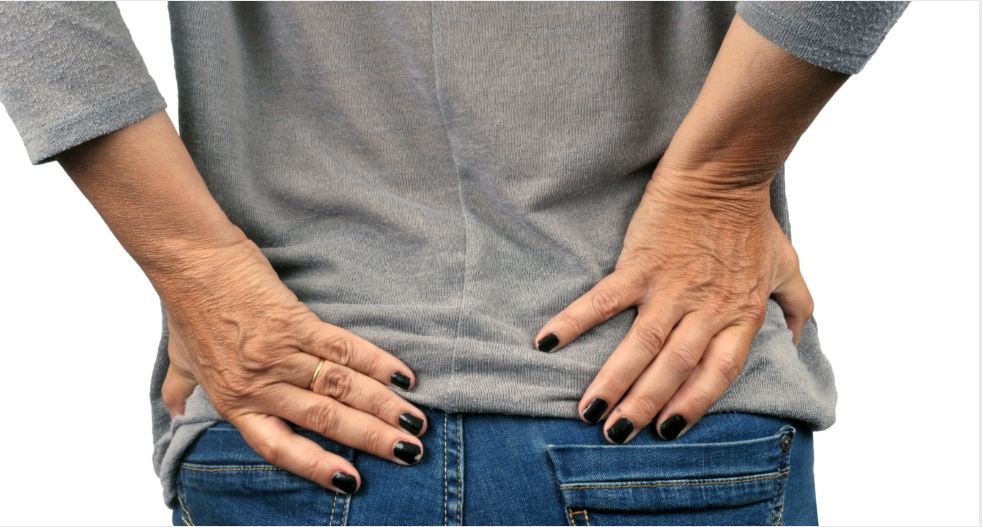
Sciatica pain can cause serious issues in one’s personal life. It can stop you from doing daily activities or just physically standing up from a chair.
Thankfully, there are ways you can ease sciatica pain through physical therapy and stretching. But before we talk about those ways, what exactly is sciatica pain, and what causes it?
An Overview of Sciatica
Sciatica is a symptom that can consist of leg pain or excruciating, shooting pain that goes down the leg. It’s usually a symptom of a pinched nerve or herniated or slipped disk. The nerve could be pinched in a variety of areas, on the outside or inside of the spinal canal.
The pain can happen all of a sudden or develop gradually. Sciatica symptoms can manifest in many different ways besides pain as well. It can manifest as weakness, numbness, or a burning or tingling that goes down your legs to your toes. It’s similar to a “pins and needles” feeling.
Sciatica can develop during pregnancy as well, especially in the third trimester. Because of the size of the baby in the final trimester putting weight on the lower body, it’s very common for women to experience sciatica-like symptoms of pain in the thighs, buttocks and legs. It also can be difficult to sit or stand.
Stretches and Therapy Exercises to Help with Sciatica
Stretches and various exercises may be helpful to those who suffer from sciatic pain. These movements can provide symptom relief, promote healing of swollen muscles and nerves, and prevent future flare-ups from happening.
- Core Exercises: Your core being strong can allow for your whole body to be strong and feel well. Having a strong core helps with balance, fatigue, and, of course, sciatic pain. The best part is that core exercises can usually be done at home and don’t require equipment. One of the easier core exercises is sit-ups.
- Yoga: Yoga can work wonders for helping and preventing sciatic nerve pain. The two most common yoga poses that many people know of, the child’s pose and downward dog can stretch the entire body while also helping balance out all muscles. There are many other poses that offer a more specialized approach to certain areas of the body, such as the back or hamstrings, that also can be helpful.
- Aerobic Exercises: Aerobic exercises, also known as forms of light conditioning, can be helpful for sciatic pain as well. Walking, specifically brisk walking can be a good choice of daily exercise because it doesn’t put pressure on the lower back and helps stretch a large number of muscles.
Alternative Forms of Treatment for Sciatica
Besides physical therapy for sciatica pain, there are also other forms of home treatment for sciatic pain. Some self-care treatments include ice packs, hot packs, and home stretching.
Alternatively, you also can try acupuncture or chiropractic care. Acupuncture is the practice of inserting very thin needles through the skin into nerves and muscles to help relax them. Chiropractic care can be helpful as it involves movements that help promote muscle relaxation throughout the entire body while also focusing on realigning the spine.
Outlook for Life with Sciatica
In most cases—80 to 90 percent, to be exact—sciatica will go away on its own with time and rest. Most of the time, people with sciatica won’t need surgery either, unless they have a severe bulged disk or other special situation.
It’s helpful for people with sciatica to understand what triggers are associated with the system. Things such as high heels, uncushioned shoes, stress, and being overweight all can contribute to sciatic pain.
Contact us today to set an appointment. We’d like to see you and discover if we can help relieve your Sciatica pain.
